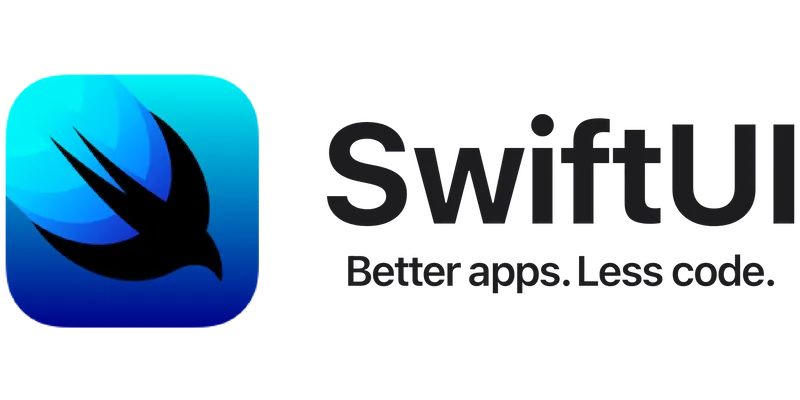Understanding the Power of some View in SwiftUI: Why It Matters
SwiftUI, Apple’s declarative framework for building user interfaces across all Apple platforms, introduces a novel approach to defining UI components. One of the standout features is the use of the some View keyword, part of Swift’s opaque return types. This keyword plays a crucial role in how SwiftUI views are constructed and managed. In this article, we will delve into the reasons behind SwiftUI’s use of some View, its advantages, and its impact on SwiftUI development.
Understanding some View
In SwiftUI, some View is used to declare that a function or property will return a type that conforms to the View protocol without specifying the exact type. This concept is known as an opaque return type. Here’s a basic example:
import SwiftUI
struct ContentView: View {
var body: some View {
Text("Hello, world!")
.padding()
}
}
In this example, the body property returns some View, indicating that it returns a type that conforms to the View protocol, but the specific type is not exposed.
Reasons for Using some View
1. Type Inference and Simplicity
The use of some View allows Swift to infer the return type of a view without requiring the developer to specify it explicitly. This simplifies the code and makes it more readable. For instance, consider the complexity if you had to specify the exact return type of every view:
var body: TupleView<(Text, Padding)> {
return Text("Hello, world!").padding()
}
By using some View, SwiftUI reduces boilerplate code and keeps the focus on what the view does rather than its exact type.
2. Flexibility in View Composition
SwiftUI’s view hierarchy is highly compositional. Views are often composed of other views, and the specific composition can change based on various conditions. Using some View allows for this flexibility without requiring the return type to change. For example:
var body: some View {
if isActive {
return Text("Active")
} else {
return Text("Inactive")
}
}
With some View, you can return different views based on logic without changing the return type, as long as all returned types conform to the View protocol.
3. Improved Compilation Performance
Opaque return types like some View can lead to better compilation performance. By not exposing the exact type, the Swift compiler can optimize more effectively. This is particularly important in SwiftUI, where view hierarchies can become complex, and compile times can significantly impact development speed.
4. Encapsulation and Abstraction
Using some View promotes encapsulation by hiding the implementation details of the view. This abstraction allows developers to change the internal structure of a view without affecting the code that uses it. For instance, you can refactor a view to use different internal components without changing its interface:
var body: some View {
VStack {
Text("Hello")
Text("World")
}
}
Later, you can change it to:
var body: some View {
HStack {
Text("Hello")
Text("World")
}
}
The interface remains the same, while the internal implementation can vary.
Detailed Examples
Example 1: Conditional Views
var body: some View {
if showDetails {
Text("Details are shown")
} else {
Text("Details are hidden")
}
}
In this example, some View allows for the dynamic composition of views based on the showDetails state, without needing to specify different return types.
Example 2: Composition of Views
struct ParentView: View {
var body: some View {
VStack {
HeaderView()
ContentView()
FooterView()
}
}
}
struct HeaderView: View {
var body: some View {
Text("Header")
}
}
struct ContentView: View {
var body: some View {
Text("Content")
}
}
struct FooterView: View {
var body: some View {
Text("Footer")
}
}
Here, some View allows for a clean and modular composition of views, making the code more maintainable and readable.
Example 3: Complex Compositions
struct ComplexView: View {
var body: some View {
VStack {
if condition {
HStack {
Text("Condition is true")
Image(systemName: "checkmark.circle")
}
} else {
Text("Condition is false")
}
List {
ForEach(items) { item in
Text(item.name)
}
}
}
}
}
In this example, some View facilitates the creation of a complex view hierarchy that adapts to different conditions and states seamlessly.
Best Practices
- Leverage Abstraction: Use
some Viewto hide implementation details and promote modularity. - Keep Views Simple: Avoid overly complex view hierarchies in a single view to maintain readability and manageability.
- Utilize Conditional Logic: Take advantage of
some Viewto conditionally compose views based on state or logic. - Refactor and Reuse: Break down complex views into smaller, reusable components to enhance maintainability.
Conclusion
The use of some View in SwiftUI is a powerful feature that simplifies UI development, enhances flexibility, improves compilation performance, and promotes encapsulation. By understanding and leveraging some View, developers can create more maintainable, performant, and readable SwiftUI applications. Embrace this feature to unlock the full potential of SwiftUI in your iOS development projects.
— End —
At Learn Mobile App, we offer the best mobile app course in Ramanathapuram, along with top-notch training in iOS, Android, Flutter, React Native, and Mobile App Automation. As the top best mobile app development training provider in Ramanathapuram, our expert-led courses are designed to help you master the latest technologies and advance your career. Whether you’re searching for an “iOS course in Ramanathapuram,” “Android course in Ramanathapuram,” “React Native course in Ramanathapuram,” “Flutter course in Ramanathapuram,” or “Mobile App Automation course in Ramanathapuram,” Learn Mobile App is your top choice. Join us to discover why we are the leading name in mobile app training and take your career to the next level today!

